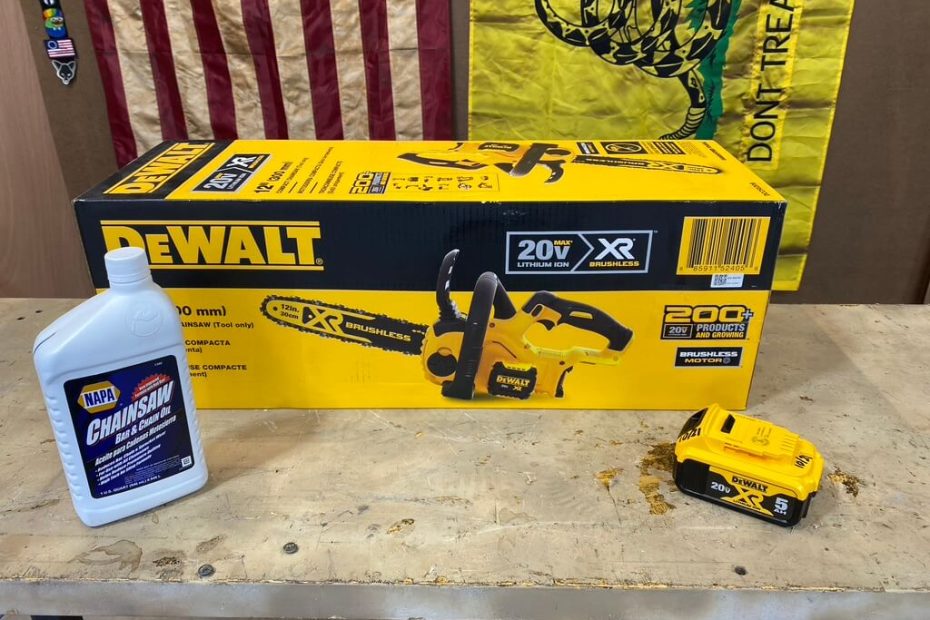
Yes. Survival chainsaw. Today we are going to take a look at what I feel is an underrated bit of survival kit, and perhaps the greatest labor-saving device in the inventory. Now obviously, this falls way down the line from food, water, medical, and safety. (Safety means guns, stuff to feed them, and preferably friends with them.) But after those needs are met, I absolutely feel this is something you should be considering.
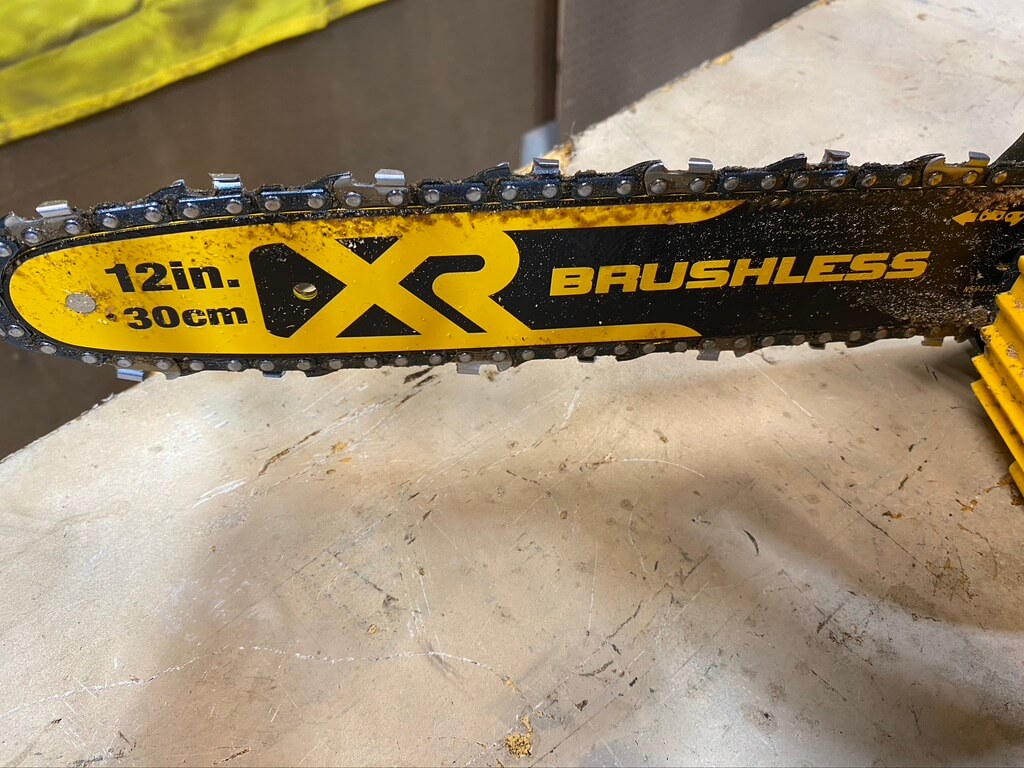
This is what has once again brought to my attention the battery-powered chainsaw. Which has no doubt triggered cries of “Heretic!” from our serious boy Stihl and Husqvarna readers. Hear me out.
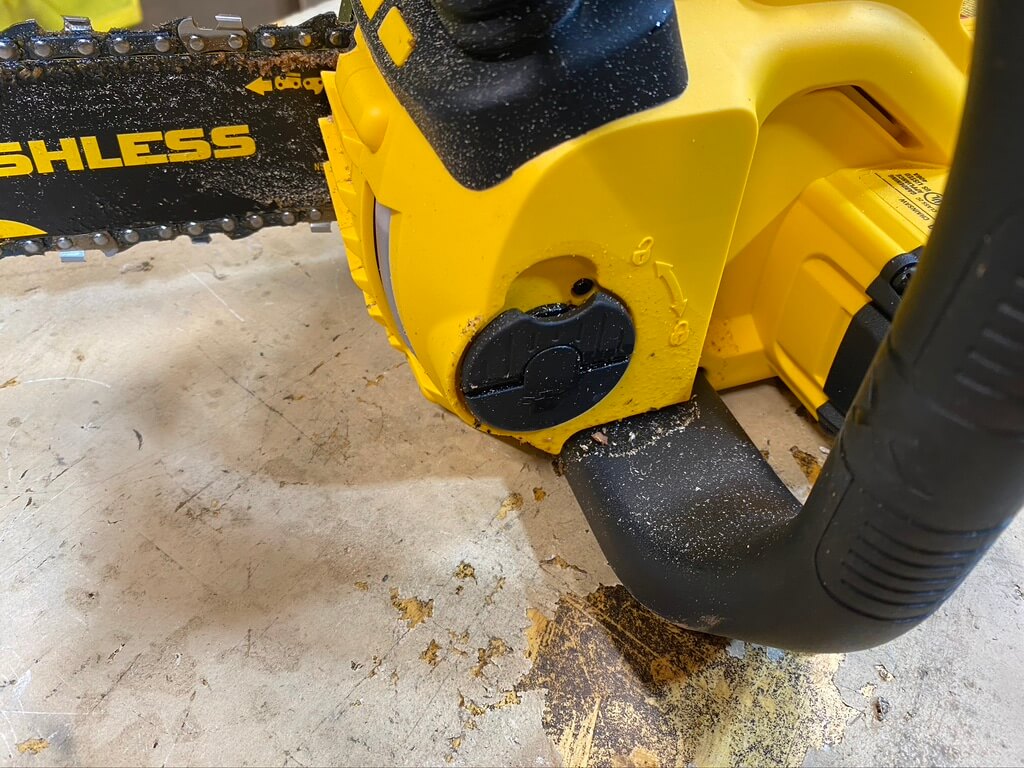
I think we can all agree on the chainsaw in general, for the roles it can play. A chainsaw absolutely cannot be beaten when it comes to obvious tasks, such as clearing trees off the roads or out of your roof or providing fuel for a campfire. The building damage bit might be required to prevent further water damage to your home, or just to keep your family sheltered until emergency services can help. That road bit can be more important than anything else as well. What if someone is hurt badly, and you have no choice but to evac them yourself to medical care? What if the water keeps rising, and a car is your best escape route?
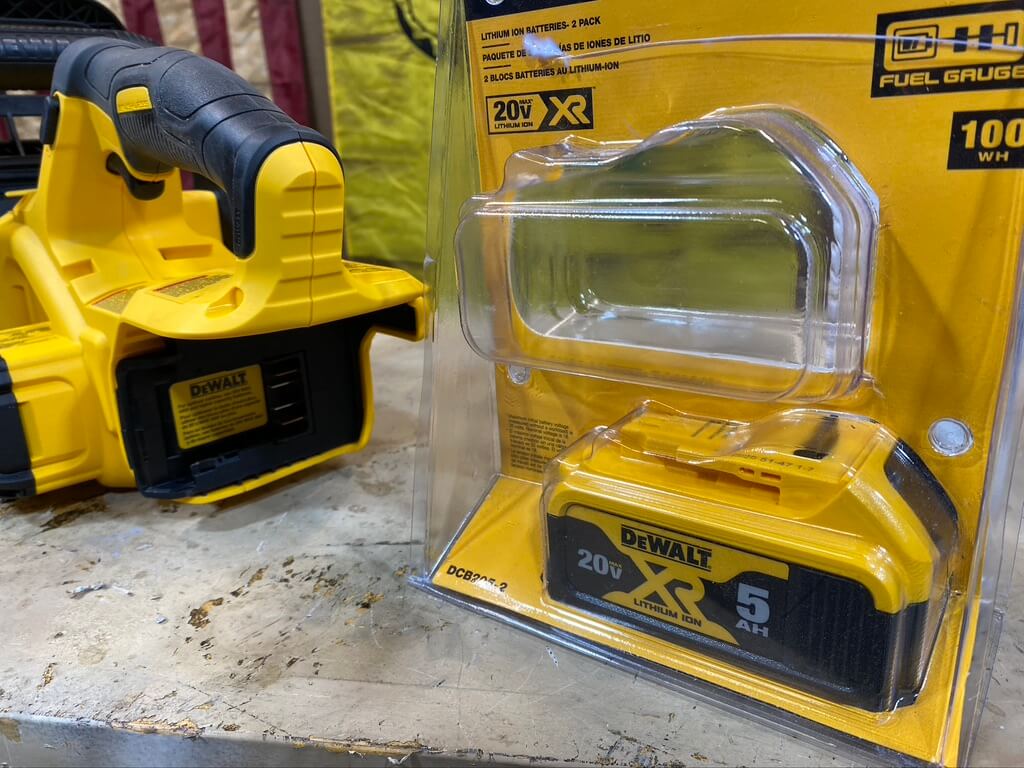
Or, what if the power goes down for an extended period of time, and you need emergency firewood? Green limbs and fence posts might not be ideal, but they do beat freezing to death. For that matter, a chainsaw will carve you rudimentary building materials in a pinch. It might not be as pretty as 2×4’s from the mill, but it will work.
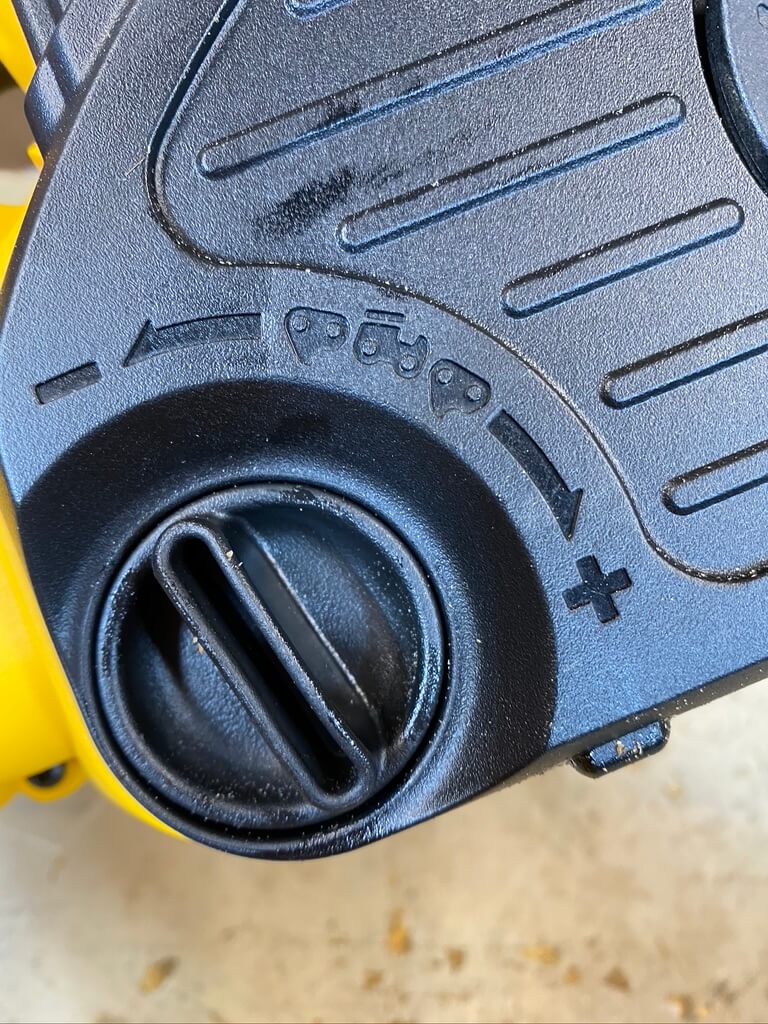
I have a personal story about this as it relates to bug-out vehicles as well. Not that I was bugging out, but this was the first time the idea hit me. A few years back, I was on a wolf hunt in Northern Idaho. We were using UTV’s to get to our area, on what the map said were established trails. A little way into our journey, we went down some terrain that there was no way we were getting back up. The snowpack is slow to recede in the Sawtooth’s, and you can find yourself stuck in very late-season slush. Not a big deal; the rest of our trail took us back to camp via lower elevations.
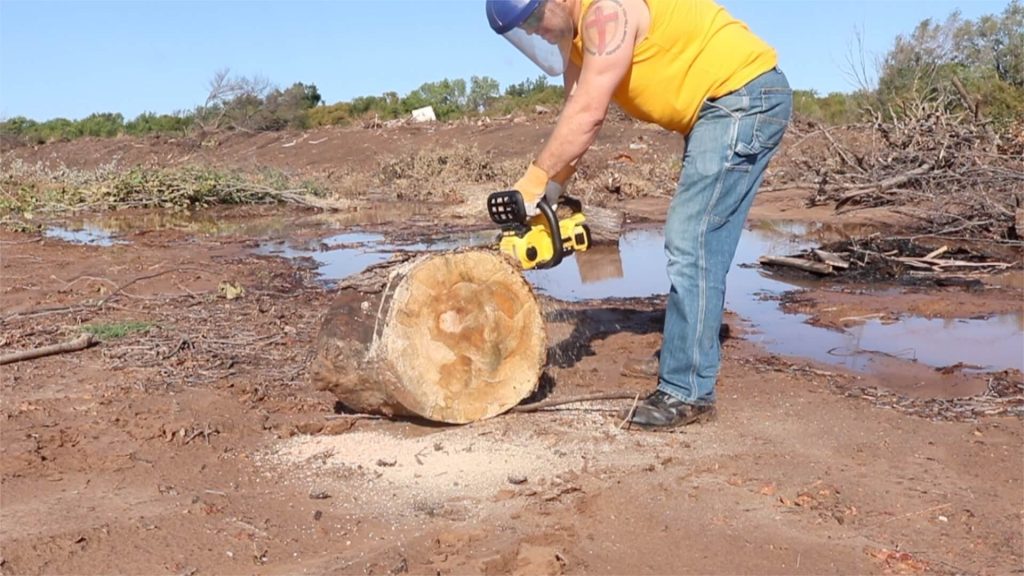
A few miles later, the real problem emerged. Our only return route took us through an area that had been severely burned at some point in the years prior, and the winter storms had downed dozens of trees across the trail. Being early in the spring, the Forest Service had not gotten into the area to clear them yet. And in our very limited UTV space, we had failed to pack anything bigger than a hatchet.
What should have been a 45-minute drive turned into a 7-hour workfest. Between the UTV wench and a comically undersized cutting tool, we did make it. But had I not had a couple of other rock apes in the crew, I doubt we would have made it. Walking back into camp with your ride stuck in the woods is bad form. Especially when you borrowed the UTV. This was the exact time that a small chainsaw in the bugout truck hit me as a really good idea.
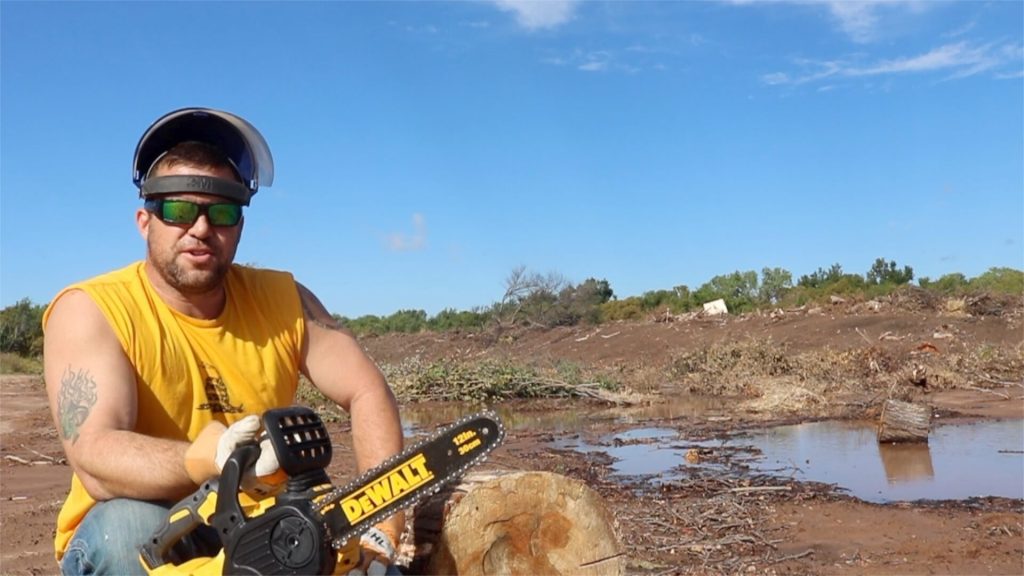
Will a battery-powered saw perform like a gasoline-driven Stihl 880 Magnum? Not even close. Not in any way, shape, or form. But it does have some advantages when we talk about light-duty use. Light duty meaning clear a couple small trees off the road, not audition for Ax Men. It’s also nearly silent which is great for hunting or camping when you don’t want to make a lot of noise.
First is the fuel source. And I did think about this quite a bit before I decided on electric for this model. I don’t necessarily think it is right for everyone, but it was right for me. Can you store sufficient gasoline for a saw with relative ease? Yes. But, you still have a finite amount. For an extended grid-down scenario, that might not be great. For an electric saw, even with one small solar panel, I theoretically have infinity power. It might take 3 days to charge a battery in the winter sun, but it will still charge. If any kind of crisis lasts a really long time, I call that advantage battery. We will be looking at some solar options over the next couple of months.
Still, with that fuel source, the electric saw requires less maintenance. This is not a big deal if you have a regular saw and use it all the time. You are no doubt accustomed to cycling fuel and off-season storage. But for the very light-duty user, this can be a problem. The electric saw can theoretically sit on the shelf for the next 10 years and still spark to life like new when I put a battery on. If I leave my gas tank full and try the same? Especially with modern fuels, that saw is going to need professional help to work.
Second, an electric saw is lighter and smaller than its gas powered cousins, which helps if you are an amateur chainsaw-ist. I would say this also translates to safety, as a powerful saw can both get you into trouble, and become dangerous due to fatigue. With the 12 inch bar on our baby battery chainsaw, I am less likely to bite off more than I can chew. Or get my face cut off by a kickback.
Are there drawbacks? Sure. One is obviously power, in terms of what it can do. Two is longevity if I have a lot of cutting to do. I would need a barrel of batteries to match 5 gallons of hydrocarbon fuel, in terms of energy density. The electric chainsaw is not going to see service with professional loggers anytime soon, in terms of replacement.
What model should you choose? Look, we review guns on this site, not chainsaws. There are a wide variety of options for different needs, and you should probably ask someone that actually knows chainsaws. That is what I did, before settling on the Dewalt 20V going with a 12 inch bar. Which fit my needs wonderfully.
This particular Dewalt didn’t get the highest reviews for electric saws, but it was consistently in the top 5. Most of the better options, including one better Dewalt brand saw, ran off of 60V HUGE batteries. I picked the 20V because it is interchangeable with my other Dewalt tools, such as drills and flashlights. A lot like sticking to a few calibers, it means I need less additional stuff. I can cut a few limbs, slap that battery on my driver, and put a piece of plywood over a broken window. With the 60V pack, that isn’t an option. I had better have juice in both batteries.
The 60 will actually work in my other 20V tools but the 20V won’t work in the 60V chainsaw.
That said, our 20V did get good enough reviews. Actual professionals liked the power to weight ratio, which I can verify is true. The 12 inch bar isn’t going to cut down a Redwood, but it will handle most tasks adequately. It also doesn’t take up 3 feet of cargo space in the bug-out truck. It isn’t the cheapest option, at $179 for just the tool, no battery. There are actually options around $95 with everything included. But none of those pack the punch of the Dewalt, nor the name in tools.
In the end, the electric chainsaw is like the CCW gun of tools. Does it lack, to some degree, power and capability? Yes. But like that CCW gun, it is very convenient to have around. Will a gas saw blow its doors off at cutting? Yes. But that is also like saying that 338 Lapua from 900 yards is the best tool for muggers. If you get to pick the time and place, by all means. For just in case, the battery saw is an absolute win.
